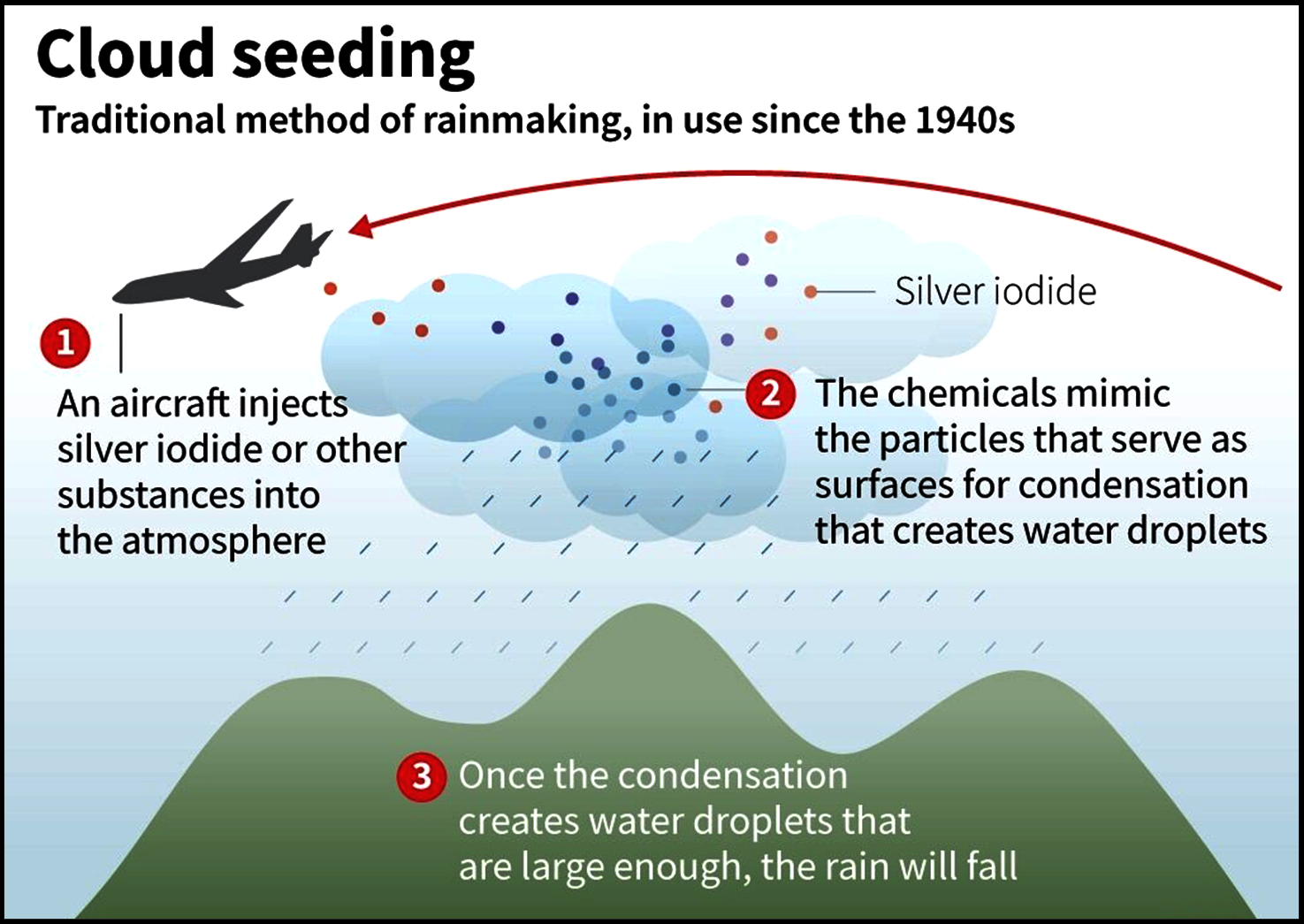Free Courses Sale ends Soon, Get It Now


Free Courses Sale ends Soon, Get It Now



Disclaimer: Copyright infringement not intended.
Context
About
What is cloud seeding?
What are the conditions required for cloud seeding to be done?
Has cloud seeding been done before in India, and has it been successful?
How does cloud seeding work?
Why is cloud seeding so attractive?
Cloud Seeding Techniques:
Hygroscopic Cloud Seeding:
Glaciogenic Cloud Seeding:
|
PRACTICE QUESTION Q. Cloud seeding has been proposed as a technology to augment precipitation and address water scarcity issues. Examine the scientific principles behind cloud seeding and its potential applications in the context of water resource management. |
© 2024 iasgyan. All right reserved